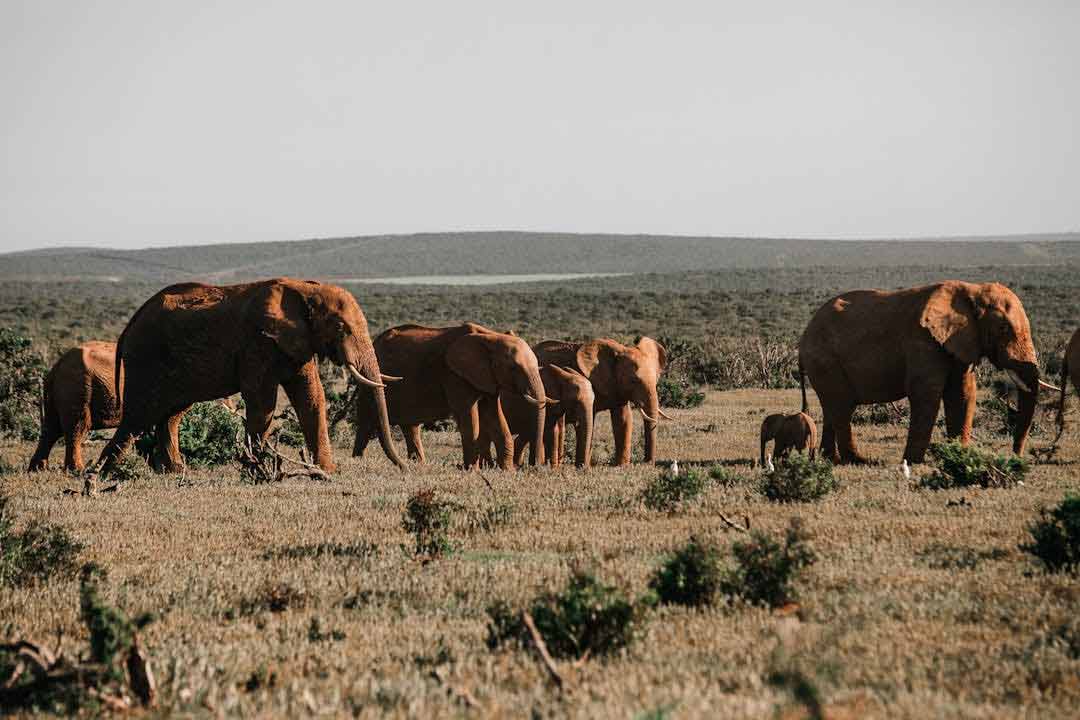- No product in the cart.
What to Do Right After the Hunt: Preparing Your Trophy for the Taxidermist
Preparing your trophy for the taxidermist starts immediately after the hunt. The next few hours can make or break the quality of your final mount. At Collett’s Wildlife Artistry, we’ve seen far too many beautiful animals ruined by poor field preparation.
Whether you’re hunting in Zimbabwe, South Africa, or anywhere across Southern Africa, proper care is essential. Here’s what every hunter should know about preserving their trophy from the field to the taxidermist.
Step 1: Cool the Cape Quickly
Heat is the enemy. As soon as the animal is down and photos are taken, your first priority should be to cool the cape — especially the face and neck area.
If you’re far from camp, keep the animal in the shade and elevate it slightly to allow air circulation underneath. Do not cover it with plastic or pile it on other game. Bacteria grows fast in heat and moisture, leading to hair slippage and irreversible damage.
If you’re working with a hunting guide or outfitter, ensure they understand the importance of rapid cooling for quality taxidermy results.
Step 2: Proper Skinning for Mounting
If you’re planning to do a shoulder mount, full mount, or pedestal mount, the way your animal is skinned is critical. A rushed or careless job can destroy important features like eyelids, lips, or ear bases — areas where lifelike taxidermy begins.
Request a taxidermy-style skinning or a dorsal cut depending on the type of mount. Be generous with the skin — we can always trim excess at the studio, but we can’t add what’s missing. Leave at least 4–6 inches behind the shoulders for shoulder mounts.
If unsure, ask your guide or tracker to stop and let you consult with us. A short WhatsApp call can save your trophy.
Step 3: Clean Off Blood and Debris
Wipe away as much blood, dirt, and plant material from the hide as possible. Do not use harsh chemicals or soap — clean water is best.
Pay special attention to the face, ears, and nostrils. Blood left to dry will stain and can affect the tanning process. A gentle rinse with water and a soft cloth goes a long way.
Do not soak the hide — wet skins, especially when folded or bunched up, are highly prone to rot if not frozen or salted properly.
Step 4: Salting or Freezing — Which Is Best?
If your taxidermist is not close by, or you’ll be transporting the cape later, you must preserve it.
Option 1: Salting
Lay the cape flesh-side up on an inclined surface.
Apply a thick layer of coarse salt.
Let it drain for 24 hours, then re-salt with fresh salt.
Fold it flesh-to-flesh, roll, and store in a cool, dry area.
Option 2: Freezing
If freezers are available, fold the skin loosely (not tightly!)
Avoid folding the face inward
Do not refreeze if it thaws — this increases hair slippage risk
In both cases, label the cape clearly with your name, date, and species.
Step 5: Protect the Skull and Horns
If your trophy includes a skull mount or shoulder mount, clean off as much flesh as possible without boiling or damaging bone structure. For horned or tusked animals like kudu, buffalo, or warthog, ensure the bases are protected.
Never use bleach or harsh chemicals to clean the skull or horns — this can degrade bone and make finishing difficult.
For export from Zimbabwe or South Africa, your outfitter must comply with permit regulations. We’re happy to coordinate directly with PHs to ensure your trophy is compliant and prepared for transport.
Step 6: Contact Us Early
The sooner you get in touch with your taxidermist, the better. At Collett’s Wildlife Artistry, we’re always available to assist with trophy prep questions before or during your hunt.
If you’ll be traveling through Bulawayo, Pretoria, or Johannesburg, let us know and we can arrange collection, storage, or initial evaluation to keep your trophy safe.
We are proud to serve hunters across Southern Africa — and it’s our mission to preserve the memory of your hunt with unmatched quality and care.
Final Thought: A Trophy Is Earned — Protect It
You’ve already done the hard work. Don’t let poor field care take that away. With a few careful steps and early communication, your trophy can be transformed into a lifelike mount you’ll be proud to display for years to come.
For expert advice, transport help, or custom quotes, contact Collett’s Wildlife Artistry — your trusted taxidermist in Zimbabwe and South Africa.
Contact us today to begin your own legacy piece or to learn more about our full range of services.

